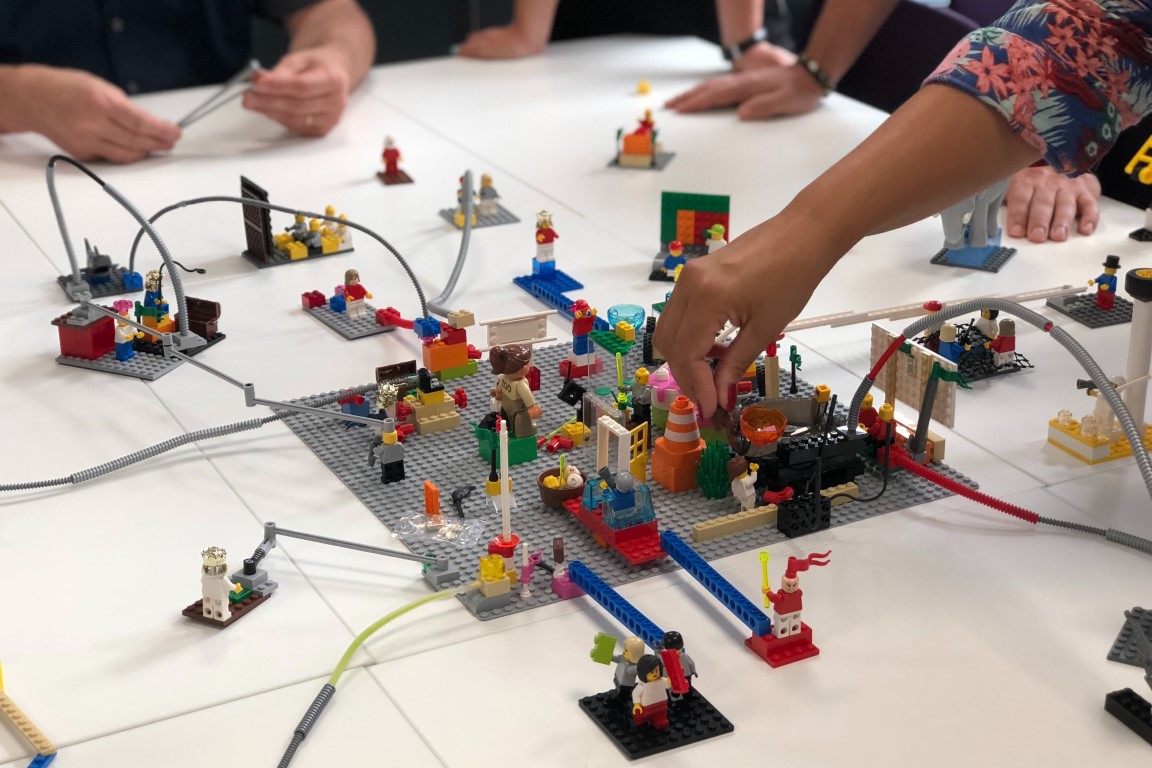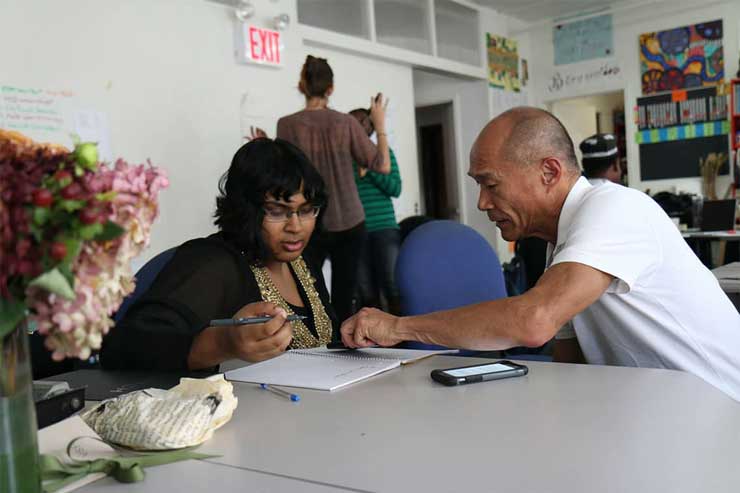
Make learning experiential
For decades researchers in the field of adult learning theory have told us that adults learn better through experience. Neuroscience has only reaffirmed this. The brain learns by doing, not by understanding concepts alone. In other words, if we are to adopt new behaviours and incorporate them into our work, we need to test them out with guidance and support.
So, why, then, are there still classes and trainings delivered primarily through didactic lectures?
Because it’s safer. Experiential learning is unpredictable. Presenting information, on the other hand, allows a teacher or trainer to maintain predictability and control of the room. Learners also feel safer and more in control of themselves when they are passively taking in content; there’s no frightening attempts at trying something unfamiliar
And there’s a whole lot less learning going on.
Why is experiential learning so unpredictable?
Because, as soon as you invite people to experience something and try something new, you also invite their emotions to show up too.
With experiential learning – where learners are asked to actively try a new behaviour – they become vulnerable. Participants are now in a position where they need to do something they’ve not done before, perhaps in front of people they need to impress. They might fail. They might not be perfect. They feel that they might make a fool of themselves.
Memories of school and the shame of being punished for not getting something right come flooding into their minds as it takes them back to that horrible experience. They might freeze.
No wonder people don’t like role play activities!
Experiences help people learn, so how can we make it easier to facilitate?
First and foremost, trainers and teachers must get comfortable with working with emotions and expect them to show up. Understand that some people will be resistant or upset by having to experiment in front of others.
Next, we must set up a safe space for learning, so everyone can be comfortable with emotions that show up. Saying “this is a safe space” is not enough; facilitators of learning need to invest up front in truly making it a safe place to learn.
These tips will help teachers and trainers set the scene for a learning environment where learners will be experiencing and experimenting in order to learn.
- Be ready for hesitance and plan to gently encourage people, little by little, into action.
- Explain that the brain learns by doing.
- Invite people to try and be ok if they aren’t perfect.
- Remove your own judgements about people getting things wrong.
- Teach one step or concept at a time, practise that, create successes and build on those.
- Celebrate small steps and successes.
- Setup experiences for people to practise concepts – try making those fun and engaging.
- Be willing to share failures and successes from your own experience.
- Keep it light and positive, even fun.
- Set people up for success by giving them everything they need to succeed.
- Get over the idea that people have to fail to learn (see blog post 202306).
When you have these measures in place, learners’ brains will be more open to learning. They will be able to try more and succeed more so they will learn more. Later, when it’s time for them to use a skill you taught them in their real world, they will be much more motivated to try it out because you have helped them already feel successful with it. In other words, they learn better and you will be more successful in what you set out to do.

All of our programmes use experiential learning, whether we deliver training or coaching. Even our online programmes invite learners to try, experiment and debrief, in line with recommendations from the field of adult learning theory. Contact us to learn more or try out one of our programmes.